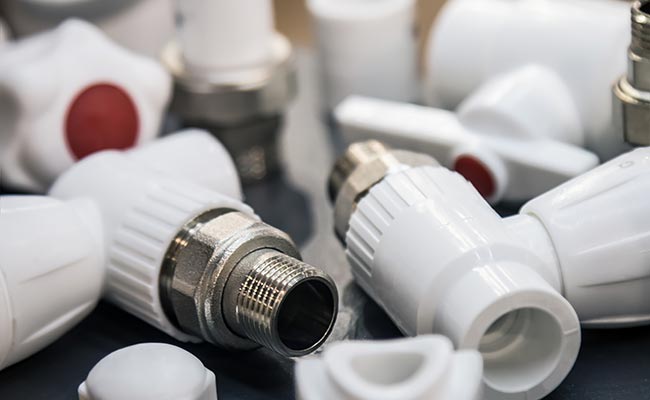You need a cost-effective ball valve, but the choices are confusing. Selecting the wrong type means you could be stuck with a permanent, unfixable leak when it eventually fails.
The main difference is construction: a one-piece valve has a solid, seamless body, while a two-piece valve has a body made from two parts screwed together. Both are considered non-repairable, throwaway valves meant for simple applications.
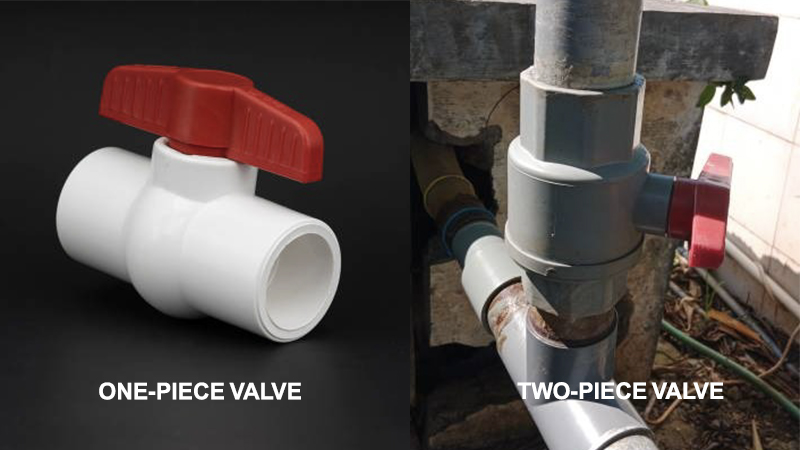
This might seem like a small technical detail, but it has big implications for a valve’s strength, flow rate, and potential points of failure. It’s a fundamental concept I always review with my partners, like Budi, a purchasing manager in Indonesia. He needs to provide the right valve for the right job, whether it’s for a simple home project or a demanding industrial system. Understanding how these valves are built will help you decide which one fits your needs, and when you should step up to a more professional solution.
How does the construction of a 1-piece vs. 2-piece valve affect performance?
You see the seam on a two-piece valve and worry it’s a weak point. But then you wonder if the seamless one-piece design has its own hidden disadvantages.
A one-piece valve’s solid body has no seams, making it very robust. However, it usually has a reduced port. A two-piece valve can offer a full port but introduces a threaded body seam, creating a potential leak path.
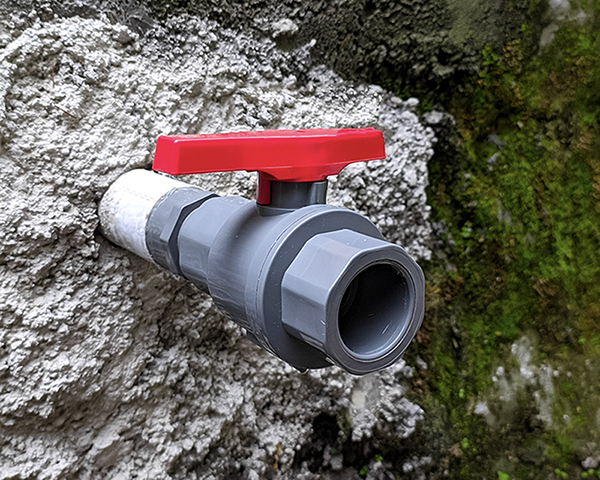
The performance trade-off comes directly from how they are made. A one-piece valve is simple and strong, but the ball must be inserted through one of the ends, which means the ball’s opening (the port) must be smaller than the pipe connection. This restricts flow. A two-piece valve is built around the ball, so the port can be the full diameter of the pipe. This is its main advantage. However, that body seam, held together by threads, is a critical point of potential failure. Under stress from pressure spikes or water hammer, this seam can leak. For a buyer like Budi, the choice depends on the client’s priority: the absolute structural integrity of a one-piece for a low-flow application, or the superior flow rate of a two-piece, with its associated leak risk.
Performance at a Glance
| Feature | One-Piece Ball Valve | Two-Piece Ball Valve |
|---|---|---|
| Body Integrity | Excellent (No Seams) | Fair (Has a threaded seam) |
| Flow Rate | Restricted (Reduced Port) | Excellent (Often Full Port) |
| Repairability | None (Throwaway) | None (Throwaway) |
| Common Use | Low-cost, low-flow drains | Low-cost, high-flow needs |
What is the difference between a one piece and three-piece ball valve?
Your project demands long-term reliability. The cheap one-piece valve is tempting, but you know the downtime from cutting it out to replace it will be a disaster.
A one-piece valve is a sealed, disposable unit that is permanently installed. A three-piece true union valve is a professional-grade solution that can be fully removed from the pipeline for easy repair or replacement without cutting pipe.
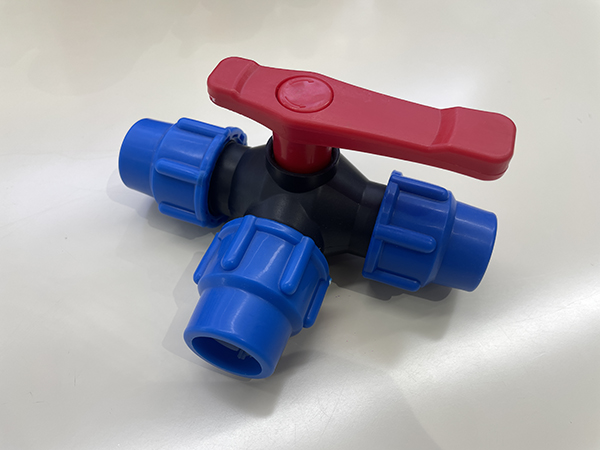
This is the most critical comparison for any professional application. The entire philosophy is different. A one-piece valve is designed to be installed once and thrown away when it fails. A three-piece valve is designed to be a permanent part of the system that can be maintained forever. I always share this with Budi for his clients in aquaculture and industrial processing. A leak in their systems can be catastrophic. With a one-piece valve, they face a prolonged shutdown for a messy replacement. With a three-piece Pntek true union valve, they can unscrew the two union nuts, lift the valve’s body out, pop in a replacement body or a simple seal kit, and be running again in five minutes. The slightly higher initial cost is paid back hundreds of times over by avoiding a single hour of downtime. It is an investment in operational efficiency.
What exactly is a one-piece ball valve?
You need the absolute lowest-cost valve for a simple job. The one-piece design looks like the answer, but you need to know its exact limitations before you commit.
A one-piece ball valve is made from a single, solid piece of molded plastic. The ball and seats are inserted through the end, and the stem and handle are fitted, creating a sealed, non-repairable unit with no body seams.
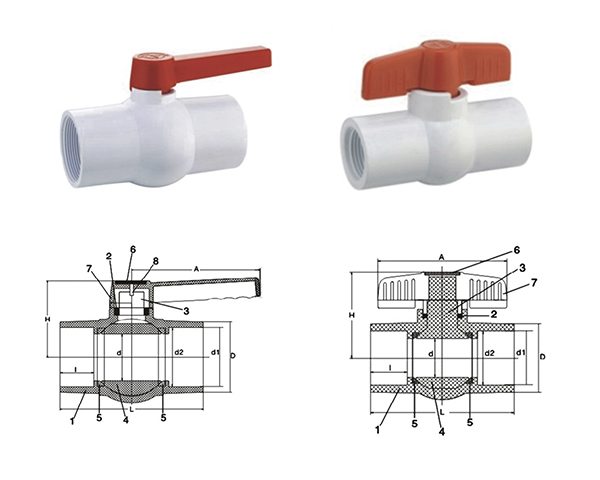
This construction method gives the one-piece valve its defining characteristics. Its greatest strength is having no body seams, which means one less place to leak. It’s also the simplest and therefore cheapest to manufacture. This makes it a great choice for non-critical, low-pressure applications where it won’t be operated often, such as a basic drain line. However, its major weakness is the “reduced port” design. Because the internal components have to fit through the pipe connection hole, the opening in the ball is smaller than the pipe’s internal diameter. This creates friction and reduces the overall flow rate of the system. I explain to my partners that these are perfect for their retail customers doing simple DIY projects, but they are not the right choice for any system where maximum flow and serviceability are important.
So, what defines a two-piece valve?
This valve seems stuck in the middle. It’s not the cheapest, nor is it the most serviceable. You’re left wondering why it exists and what its specific purpose is.
A two-piece valve is defined by its body, which is made from two sections that screw together. This design enables it to have a full-sized port at a lower cost, but it creates a permanent, non-serviceable body seam.
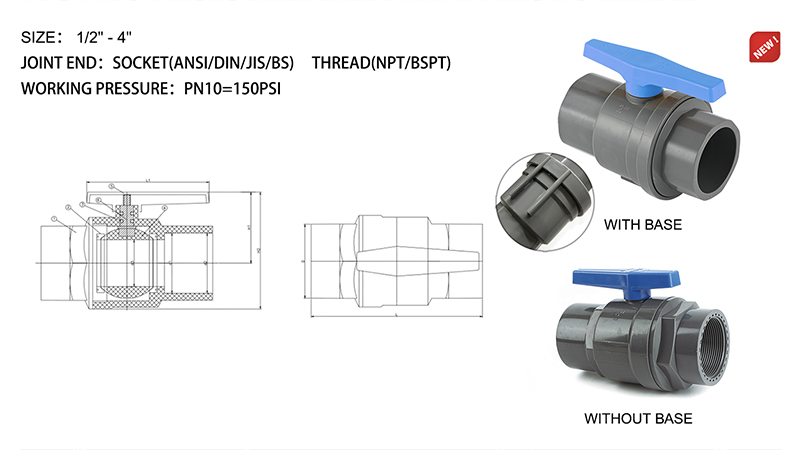
The two-piece valve was created to solve one problem: the restricted flow of a one-piece valve. By making the body in two halves, manufacturers could assemble the valve around a larger ball with a full-sized port, matching the pipe’s internal diameter. This provides excellent flow characteristics at a price point below a three-piece valve. This is its only real advantage. However, that advantage comes at a cost. The threaded seam that holds the two halves together is a potential weak point. It’s not designed to be taken apart for service, so it is still a “throwaway” valve. For my partners, I frame it as a niche product. If their customer absolutely needs full flow but cannot afford a three-piece valve, the two-piece is an option, but they must accept the increased risk of a leak at the body seam over time.
Conclusion
One-piece and two-piece valves are both non-serviceable designs. The best choice depends on balancing flow rate (two-piece) against body integrity (one-piece), and both are inferior to a three-piece valve.
Post time: Aug-06-2025



